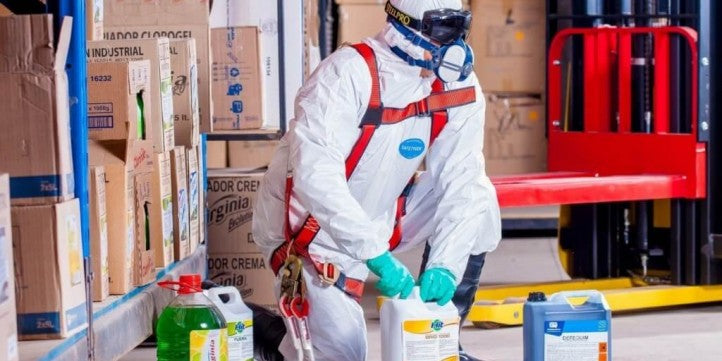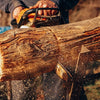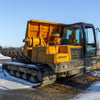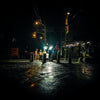The Modern Rules of Workwear

Health and safety legislation has a significant impact on workwear, dictating what should and shouldn’t be worn in different situations and for a variety of job roles. These rules benefit everyone; they ensure staff are safe and protected from harm, and they help management prevent any accidents which could cause irreparable damage to people and equipment and cost millions in loss of facilities, or even legal fees should the worst happen.
Taking this into account, what are the modern rules you need to apply to your team’s workwear to ensure you’re up to code?
Hot weather protection
2018’s global heatwave has caused tremendous problems for many workplaces which rely on PPE. A rise in accidents in the wind farms of North America is due in part to workers finding higher temperatures too challenging to work in, and therefore choosing to forego essential pieces of protective uniform. It’s these extremes in temperatures which we need to work to protect staff from, so it’s vital to purchase clothing that is cooling and breathable.
Cold or wet weather protection
Water resistant clothing can often be made from plastic-based materials such as Nylon and Polyester, which can be highly dangerous in some working environments. In the event of an arc flash, these plastics can melt and cause severe burns to the wearer, which is why effective waterproof clothing should be provided to staff that protects from head to toe.
Accessories
It’s not just the body that needs to be guarded, no matter which industry you work in. Electrical sparks and fires can cause flashes of bright light that can burn the eyes, and in these cases, goggles and eye masks are necessary. Likewise, the lungs must be protected in industries where work requires the release of noxious gases, so face masks are essential.
Depending on your industry, protective clothing for hands and feet may also be needed, to shield from cold or wet conditions, as well as workplace accidents like arc flash. It’s therefore important to find products that allow for mobility and agility, while also offering the maximum protection.
PPE and the law
By law, each piece of protective clothing has standards it needs to meet, such as what material it’s made of and how often it can be worn before cleaning. Footwear, for example, should legally be certified and stamped with the CE mark. The Personal Protective Equipment at Work Regulations 1999 dictate that, should a risk be identified and no other solution be presented, then protective equipment must be provided.
If you are unsure what you need or need help selecting the right workwear, get in touch. We’re always happy to help.





